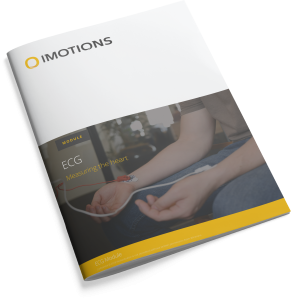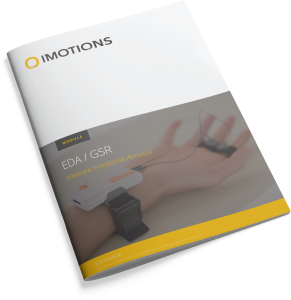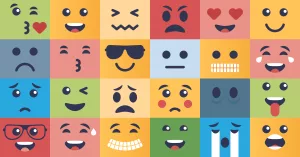Abstract: This paper introduces a wayfaring process, previously deployed at early stage product development projects, in the exploration, design and piloting of experiments. The case example being an interaction experiment in a ship bridge context, targeting stress and affective response. It included a simulation task as primary and a cognitive load task as secondary element as well as various physiology sensors. Rather than being based on long-term planning or conducting meticulous analysis before decision points, the team focused onto: Probing ideas, Merging multidisciplinary, Agility, and Speed.
Keywords:
- Interaction design
- Conceptual experiment design
- Wayfaring model
- Stress
- Physiology sensors













